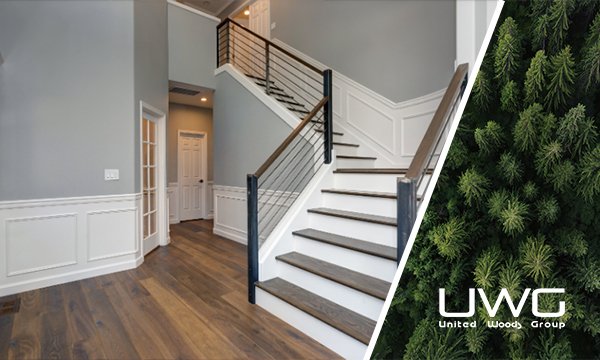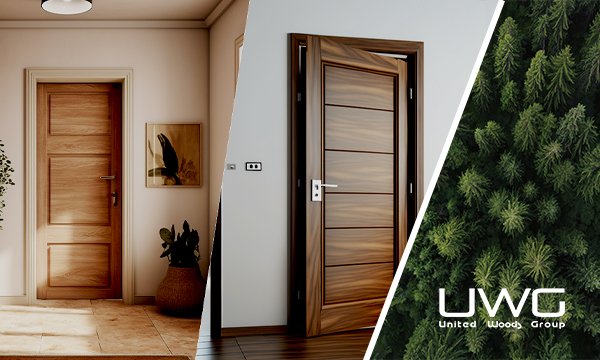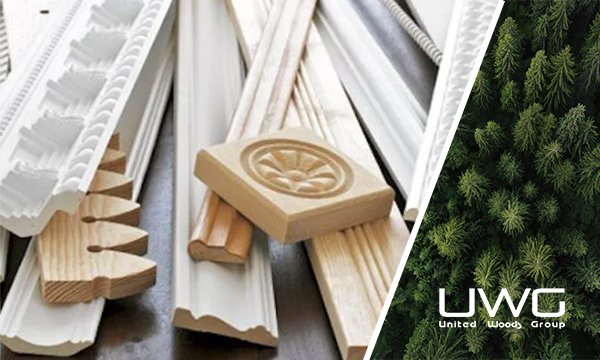When planning an interior renovation, the thickness of your doors might seem like a minor detail, but it plays a significant role in both design and functionality. The right door thickness can enhance soundproofing, improve insulation, and even affect the overall aesthetic of your space. So, what’s the standard thickness for interior doors, and why does it matter? Understanding these nuances will help you make informed decisions that can elevate the quality of your home’s interior.
The standard thickness for most interior doors is 1 3/8 inches. This measurement is widely recognized across various regions and building codes. However, some doors, depending on their design, material, and functional requirements, may have different thicknesses. While 1 3/8 inches is the norm, certain situations might call for a deviation from this standard to meet specific design or structural needs.
- What is the Standard Thickness for Interior Doors?
- How Has Standard Door Thickness Evolved Over Time?
- What Factors Influence the Thickness of Interior Doors?
- When and Why Should You Deviate from Standard Thickness?
- How to Measure and Install Interior Doors Correctly
- Conclusion: Making the Right Choice for Your Interior Doors
What is the Standard Thickness for Interior Doors?
For interior doors, the standard thickness is 1 3/8 inches. This measurement has become a widely accepted standard across many regions, though it’s not the only thickness available. The standard evolved over time, influenced by changes in building materials and construction techniques. Historically, door thickness was determined by the materials used and the need for durability and insulation. Today, building codes in various regions may still dictate specific thicknesses to ensure consistency and safety in construction.

How Has Standard Door Thickness Evolved Over Time?
Over the years, the standard thickness for doors has been shaped by various factors, including advancements in construction materials and techniques. Initially, door thickness was driven by the need for durability and insulation, with thicker doors being preferred for their strength and soundproofing capabilities. As building codes and architectural styles evolved, so too did the standards for door thickness, leading to the current preference for 1 3/8 inches in most interior settings.

What Factors Influence the Thickness of Interior Doors?
While 1 3/8 inches is the standard thickness, several factors can influence the thickness of an interior door:
- Material Considerations: Different materials like solid wood, hollow core, and composite materials can affect door thickness. Solid wood doors are generally thicker, providing more durability and insulation, whereas hollow core doors might be slightly thinner due to their lightweight construction.
- Design and Style Influences: The style of the door also plays a role. For instance, panel doors, which feature multiple panels within a frame, might have a different thickness compared to flush doors, which have a smooth, flat surface.
- Functional Requirements: The door’s function in a particular space can necessitate a specific thickness. For example, doors designed for soundproofing or enhanced insulation may be thicker to meet these requirements, contributing to a quieter and more energy-efficient environment.

When and Why Should You Deviate from Standard Thickness?
There are situations where deviating from the standard thickness might be necessary or beneficial:
- Custom Designs: If you’re opting for a custom door design, you might choose a thicker or thinner door to achieve a specific aesthetic or functional purpose. For example, a barn door style might require a thicker door to accommodate the sliding mechanism.
- Space Limitations: In some cases, space constraints might dictate a thinner door to ensure proper fit and operation within the door frame and surrounding architecture.
- Cost Implications: Non-standard door thicknesses can also impact the cost. Thicker doors often require more material and labor, which can increase the overall expense. It’s essential to weigh the benefits against the additional cost when considering a non-standard thickness.

How to Measure and Install Interior Doors Correctly
Choosing the right door thickness also involves accurate measurement and careful installation:
- Measuring for the Correct Door Thickness: To measure for the correct door thickness, start by measuring the width of the door jamb. This ensures that your new door will fit snugly without gaps that could compromise insulation or security.
- Installation Considerations: During installation, the door’s thickness affects how it interacts with the frame, hinges, and other hardware. A door that’s too thick or too thin might not open or close smoothly, leading to operational issues and potential damage over time.
- Ensuring a Proper Fit: To ensure a proper fit, always double-check measurements and consult with a professional if you’re unsure. This can prevent costly mistakes and ensure that your doors function as intended.

Conclusion: Making the Right Choice for Your Interior Doors
When choosing the thickness of your interior doors, it’s important to consider both standard guidelines and your specific needs. While 1 3/8 inches is the standard thickness for most interior doors, there are valid reasons to opt for a different thickness based on material, design, and functionality. If you’re unsure about the best option for your home, consulting with a professional can provide the guidance needed to make the right choice.







